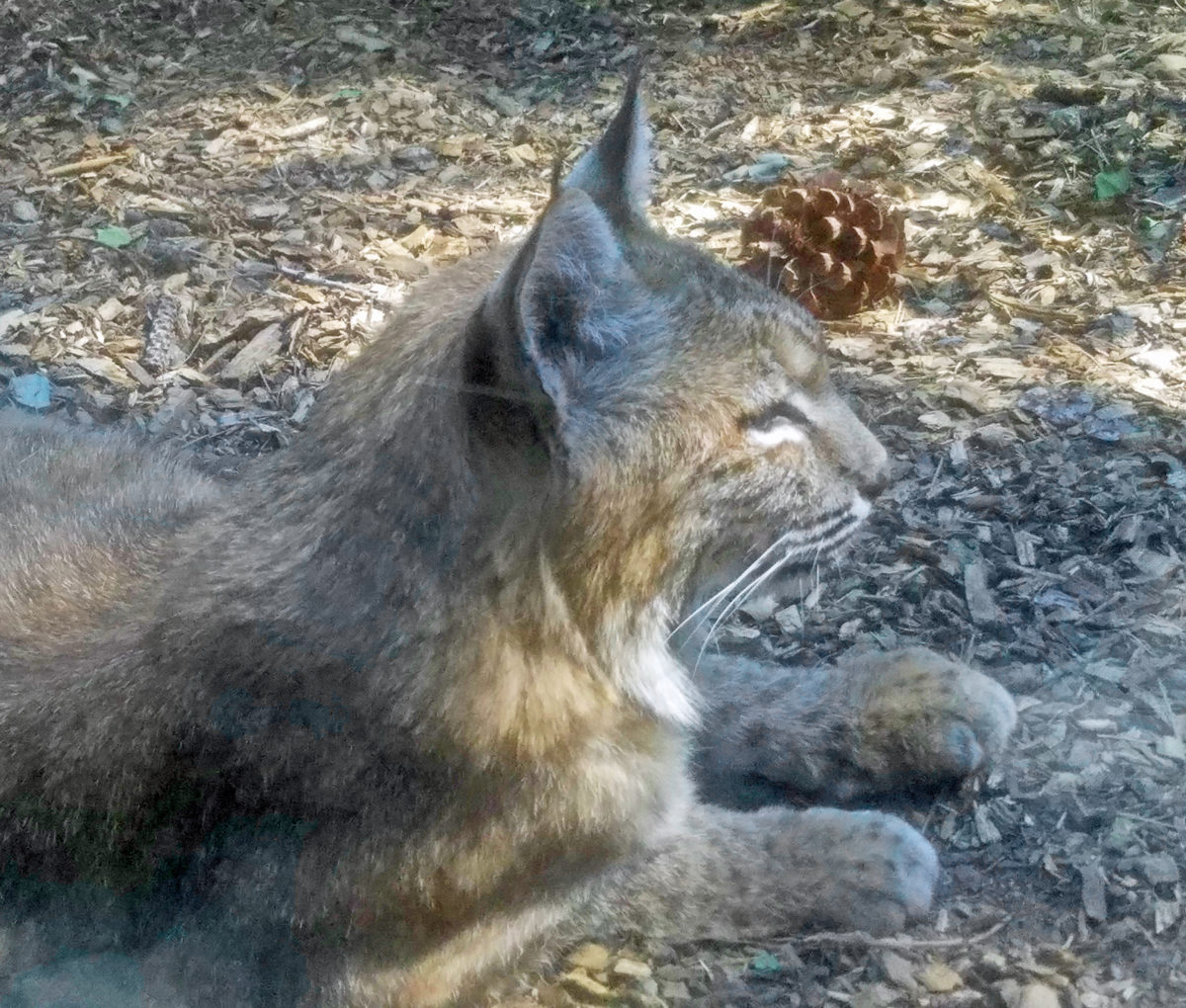By Alan K. Lee
The High Desert Museum, located about five miles south of Bend, Oregon, offers visitors a chance to see native wildlife up close and learn about both the pioneering history of the area and the culture and lifestyles of the Native American tribes that lived in the area for thousands of years prior to the arrival of white settlers. All told, the museum has 100,000 square feet of exhibit space on its 135 acre campus.
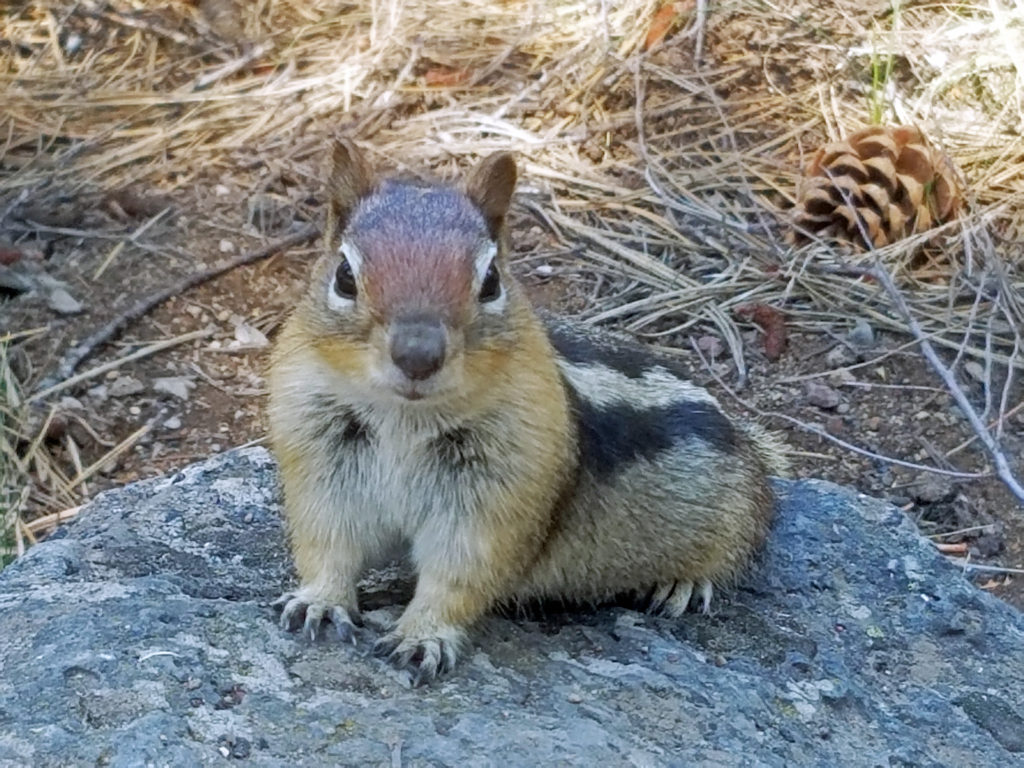 The High Desert Museum consistently rates as one of the top attractions of the Bend area, and it recently won the 2021 National Medal from the Institute of Museum and Library Services. My most recent trip to the museum came as part of a family vacation to the nearby Sunriver Resort, and everyone, especially the kids, thoroughly enjoyed the visit. It’s one of the most interesting museums that I’ve ever visited. There is something for everyone there.
The High Desert Museum consistently rates as one of the top attractions of the Bend area, and it recently won the 2021 National Medal from the Institute of Museum and Library Services. My most recent trip to the museum came as part of a family vacation to the nearby Sunriver Resort, and everyone, especially the kids, thoroughly enjoyed the visit. It’s one of the most interesting museums that I’ve ever visited. There is something for everyone there.
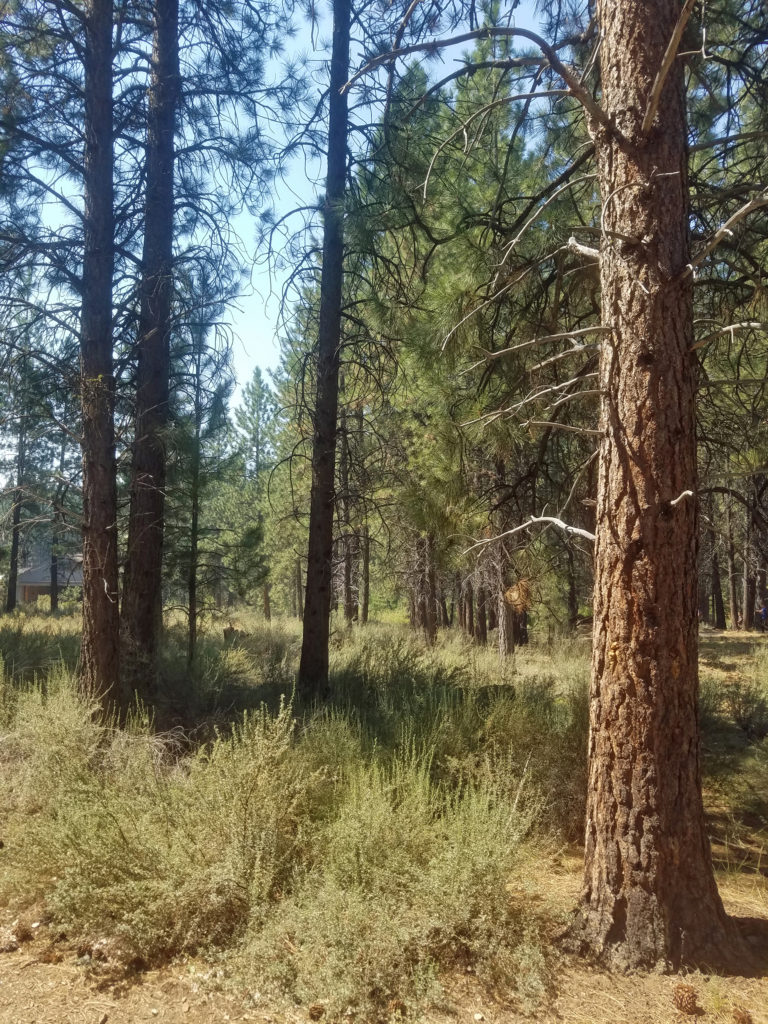 “High desert” can be a bit of a misnomer, as the term is often generically applied to all of central and eastern Oregon. The Bend area actually straddles the boundary between the ponderosa and lodgepole pine forest of the eastern slope of the Cascade Range and the sagerush and juniper lands to the east that are more typical of true desert habitat. The High Desert Museum is located in an area of pine forest, so the museum has no true desert habitat. But that does not detract from its appeal.
“High desert” can be a bit of a misnomer, as the term is often generically applied to all of central and eastern Oregon. The Bend area actually straddles the boundary between the ponderosa and lodgepole pine forest of the eastern slope of the Cascade Range and the sagerush and juniper lands to the east that are more typical of true desert habitat. The High Desert Museum is located in an area of pine forest, so the museum has no true desert habitat. But that does not detract from its appeal.
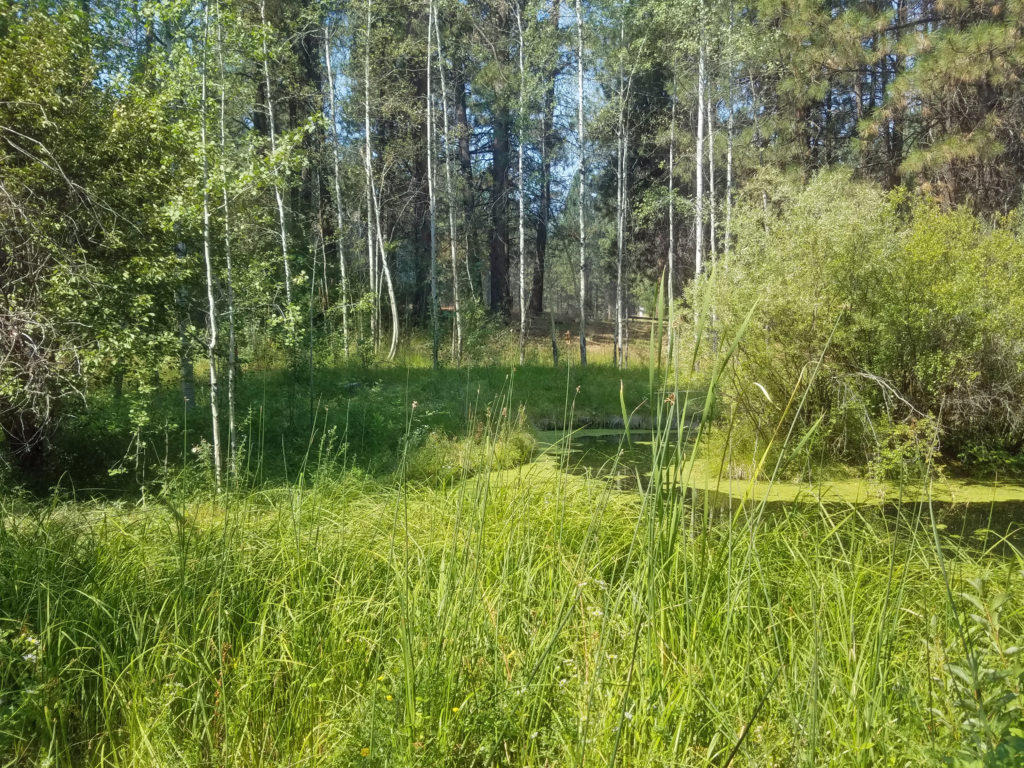
There is a small stream that runs through the museum grounds and several small ponds, giving the museum riparian as well as forest habitats. You can explore the pine forest and riparian areas on the trails that wander through the 135 acres of the museum grounds.
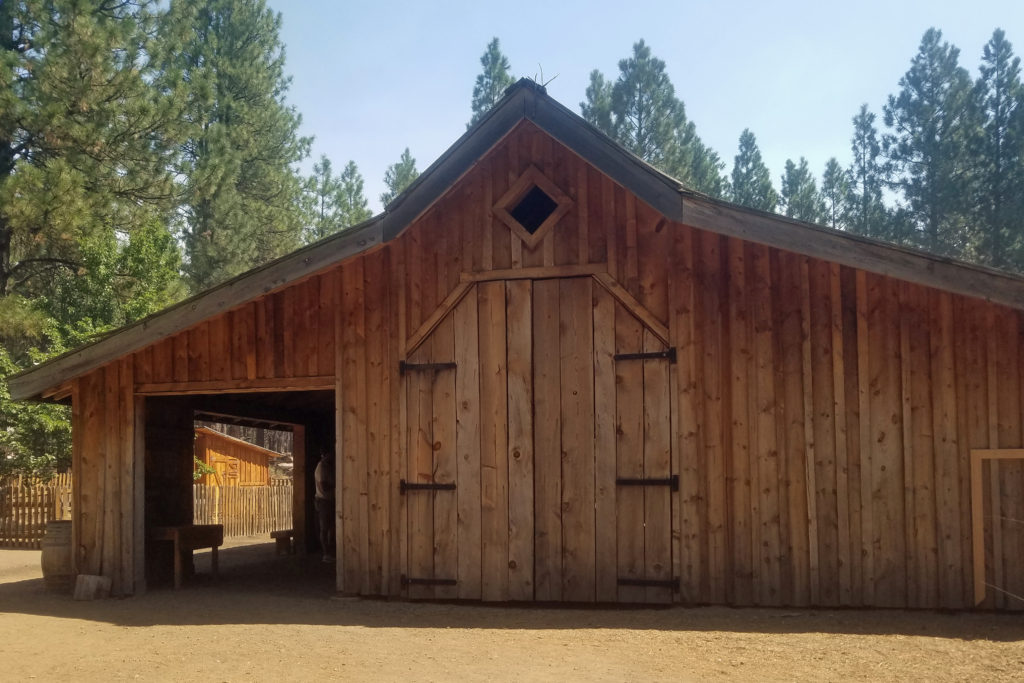
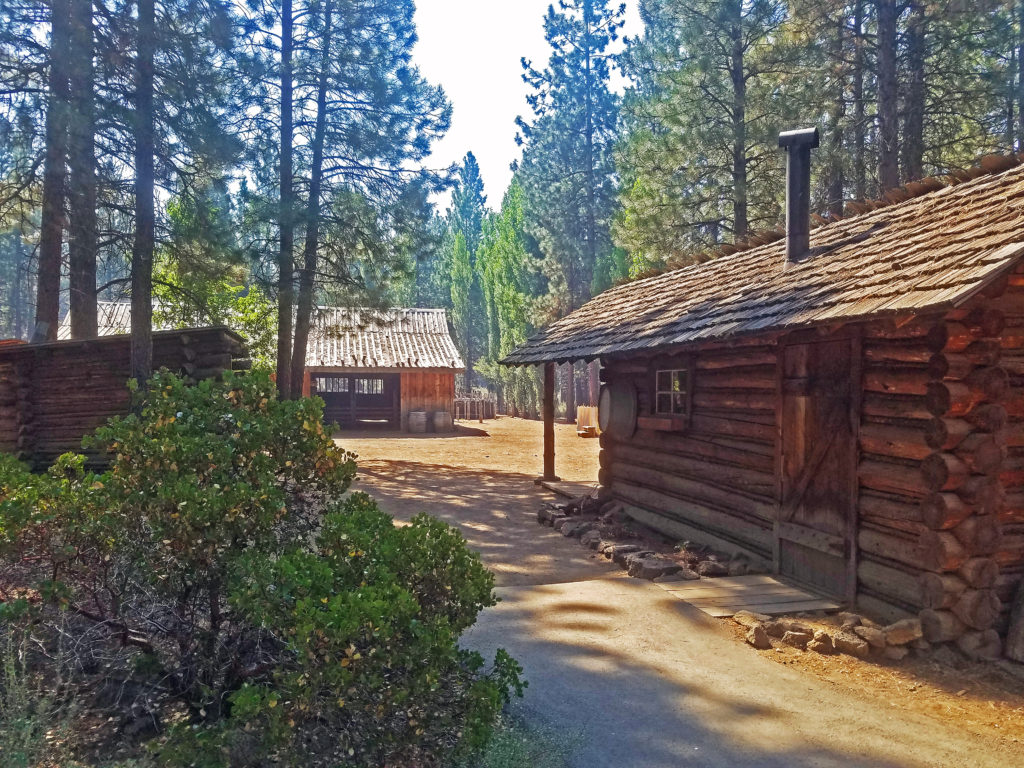 The Miller Family Ranch, one of the museum’s permanent outdoor exhibits, is a historically accurate recreation of an early 20th century homestead. The exhibit includes a cabin, barn, bunkhouse, root cellar, woodshop, and sawmill. Volunteers give visitors hands-on experience of what life on the homestead was like. Mrs. Miller and her son James will put your kids to work doing chores – and the kids will like it! The kids can also play some of the games that the children of the pioneers played.
The Miller Family Ranch, one of the museum’s permanent outdoor exhibits, is a historically accurate recreation of an early 20th century homestead. The exhibit includes a cabin, barn, bunkhouse, root cellar, woodshop, and sawmill. Volunteers give visitors hands-on experience of what life on the homestead was like. Mrs. Miller and her son James will put your kids to work doing chores – and the kids will like it! The kids can also play some of the games that the children of the pioneers played.
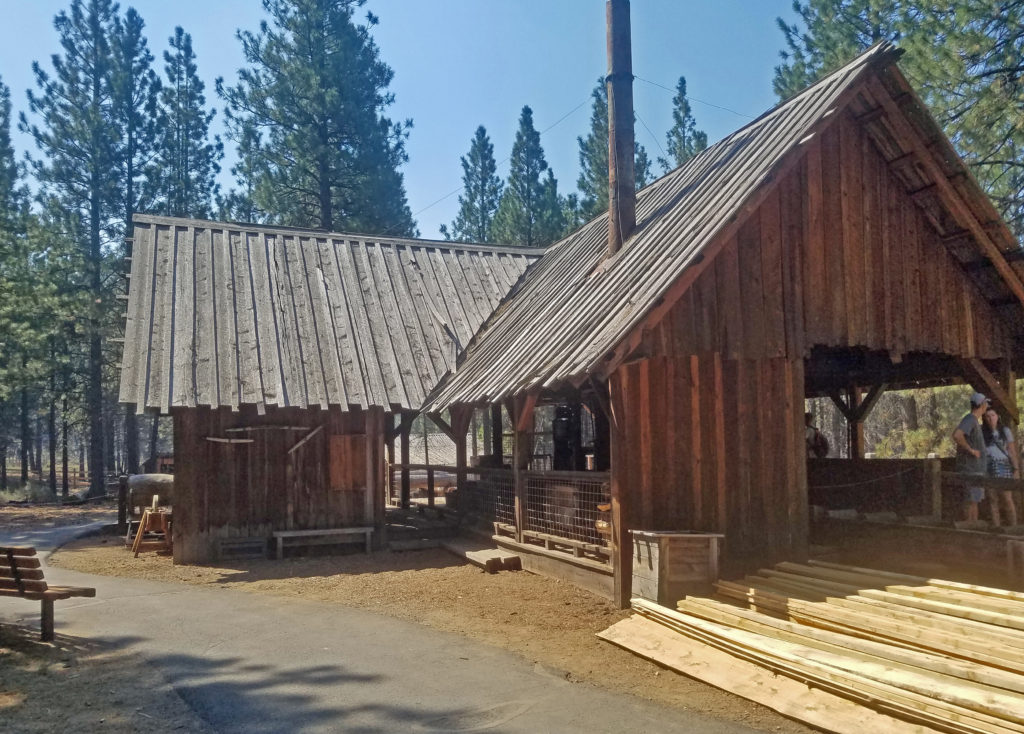
The Lazinka Sawmill is a working mill, originally located in Pilot Rock, Oregon. Originally driven by steam power, the mill is now powered by electricity. The lumber used to build the barn at the Miller homestead exhibit was cut at the Lazinka Mill. Museum staff fire up the mill once a month during the summer months, so check the museum’s schedule if you are interested in seeing it in operation.
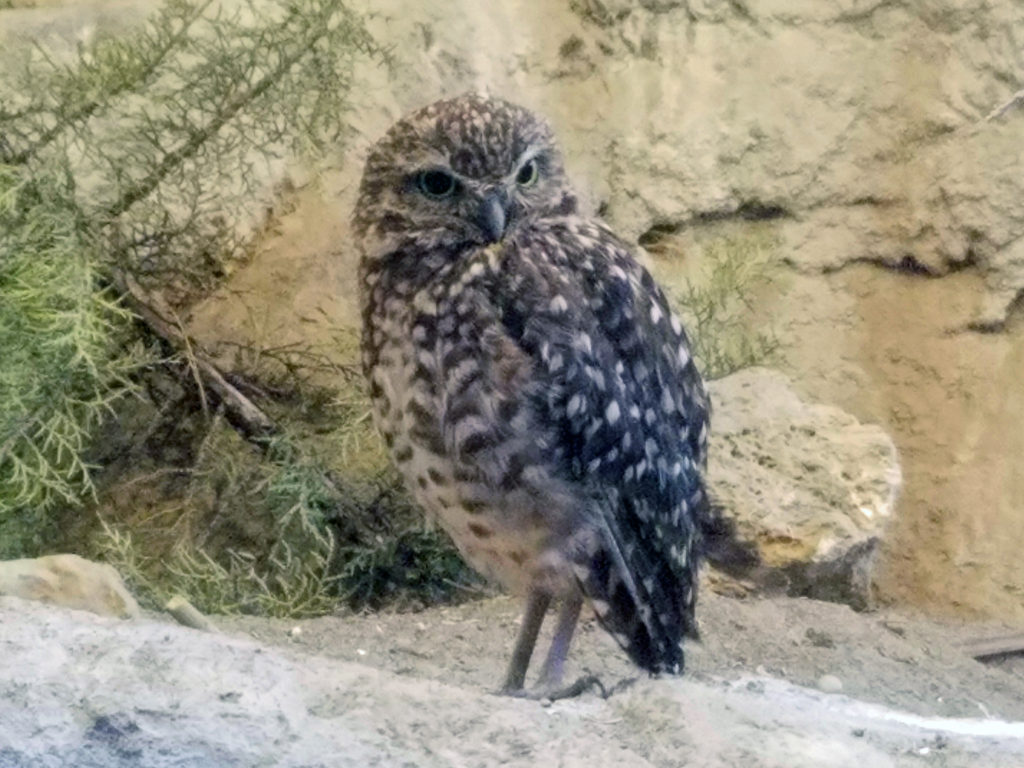
Get an up close look at some of the raptors of the high desert and learn about desert carnivores, otters, and other desert dwellers at the Donald M. Kerr Birds of Prey Center. Check the museum website for current programs and schedule.
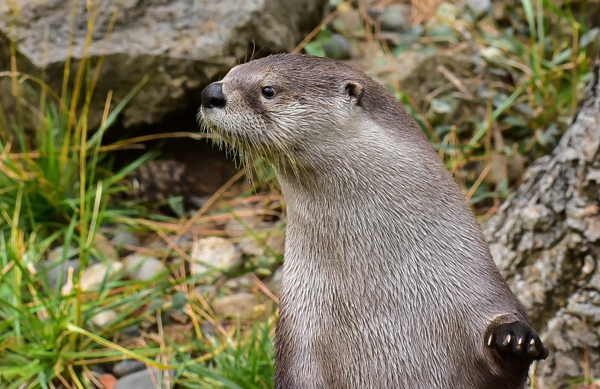
Three river otters live at the Autzen Otter Exhibit, although all three were apparently napping when we were there. I have seen them in the past visits, though, and when they’re out and about they are playful, funny, and very entertaining to watch. The exhibit includes both outdoor and indoor viewing areas, including viewing windows below the water level of their pool where you can watch them in their underwater habitat.
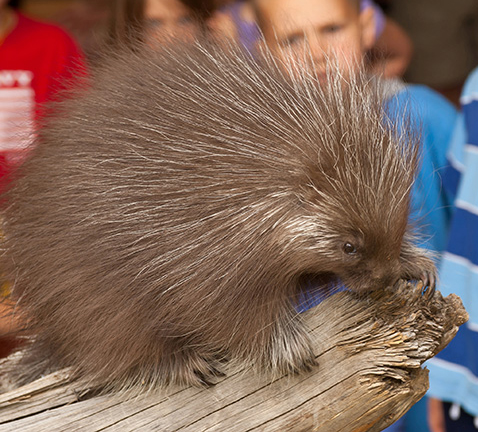
The museum also is home to two porcupines, siblings Tumbleweed and Juniper. Tumbleweed stars in the museum’s summer Desert Dwellers program. Both were born in captivity, and like all of the animals at the High Desert Museum, cannot live in the wild. The museum also recently added a resident gray fox, Gert, to their family.

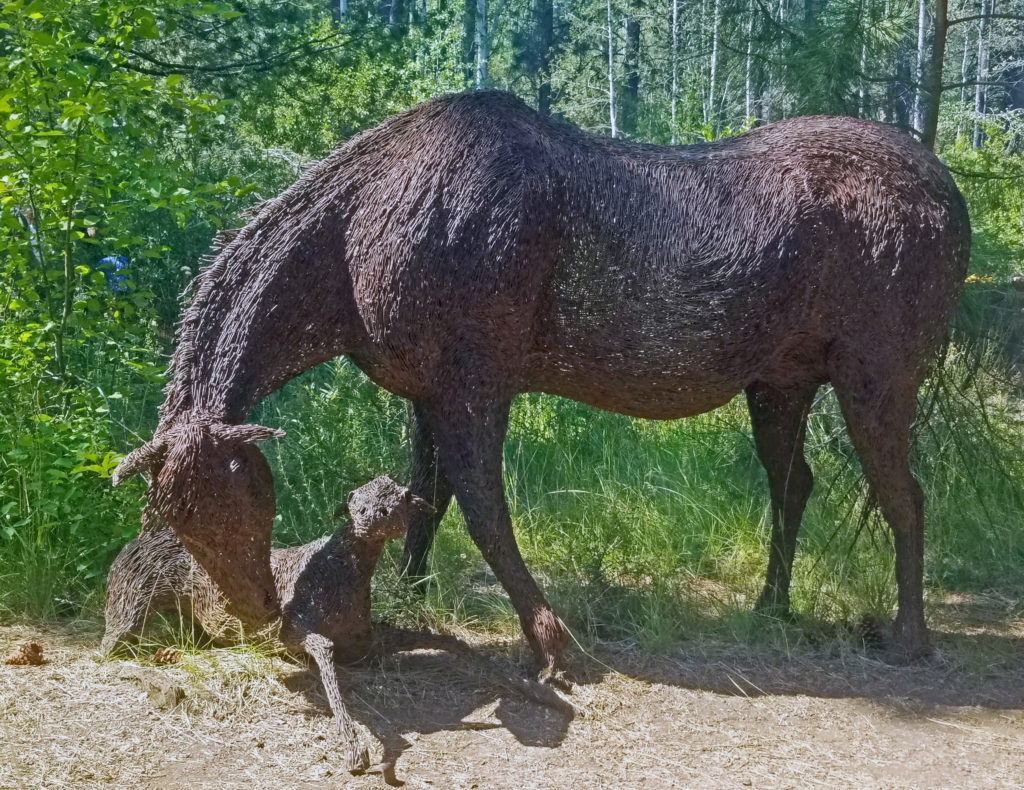
Throughout the grounds, you will find sculptures and other works of art. I particularly like the wire sculptured mare and foal, the bronze beavers, and the frozen-in-time bronze of a salmon in mid-leap.
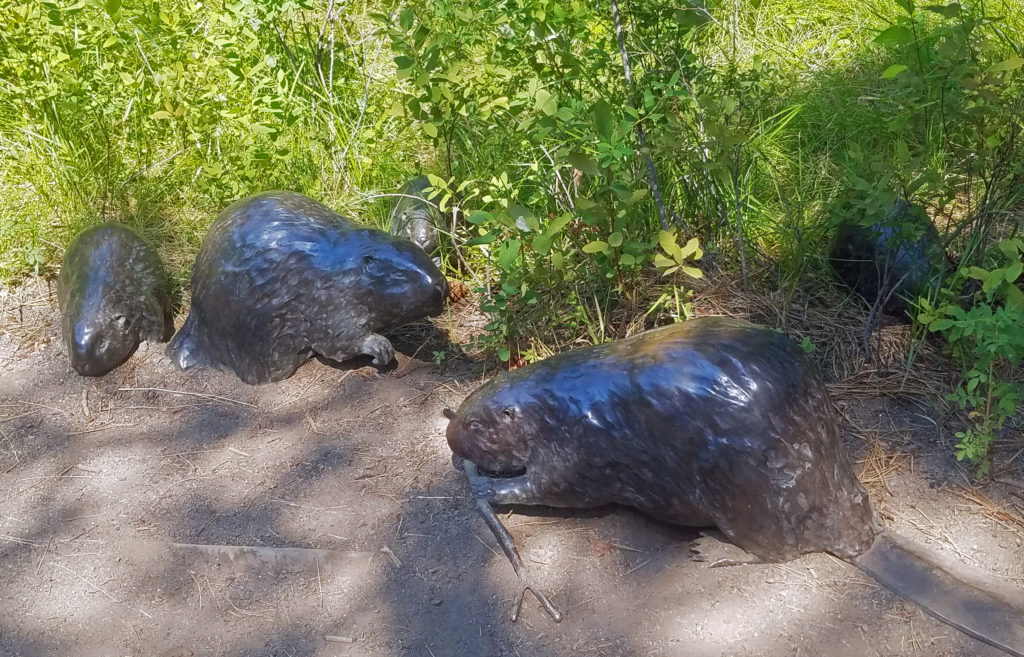
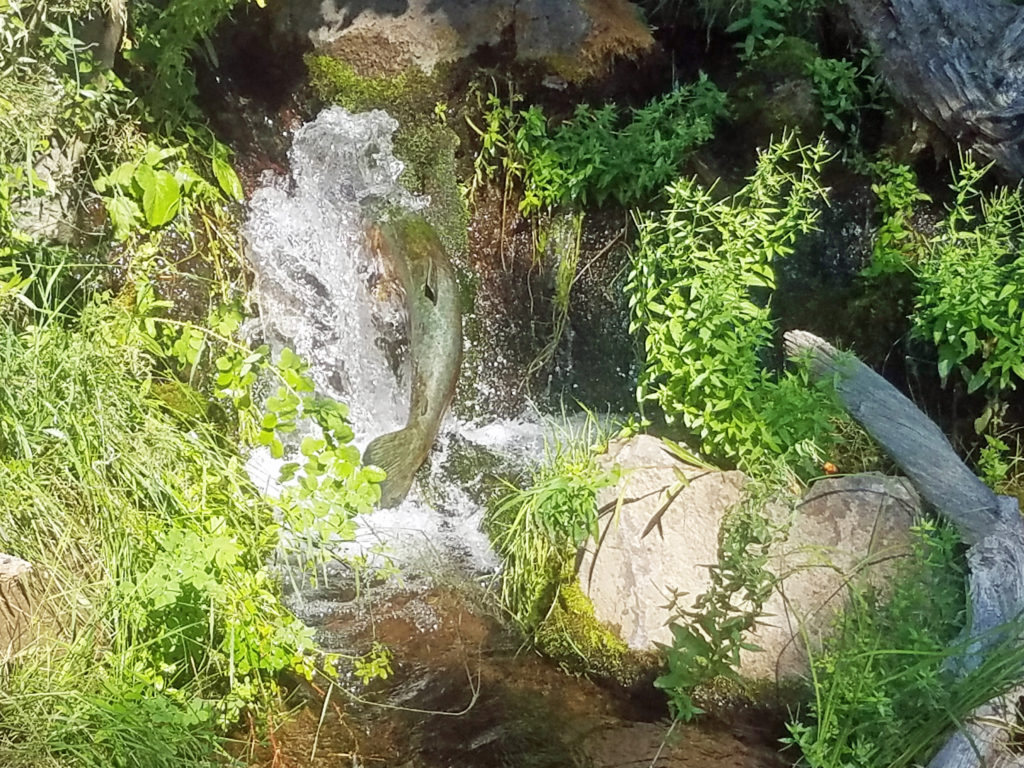 Other features of the museum include a Forest Service ranger office built in 1933, vintage logging equipment, a forest service fire truck from the 1930s, and a WWII army motorcycle made by Harley-Davidson.
Other features of the museum include a Forest Service ranger office built in 1933, vintage logging equipment, a forest service fire truck from the 1930s, and a WWII army motorcycle made by Harley-Davidson.
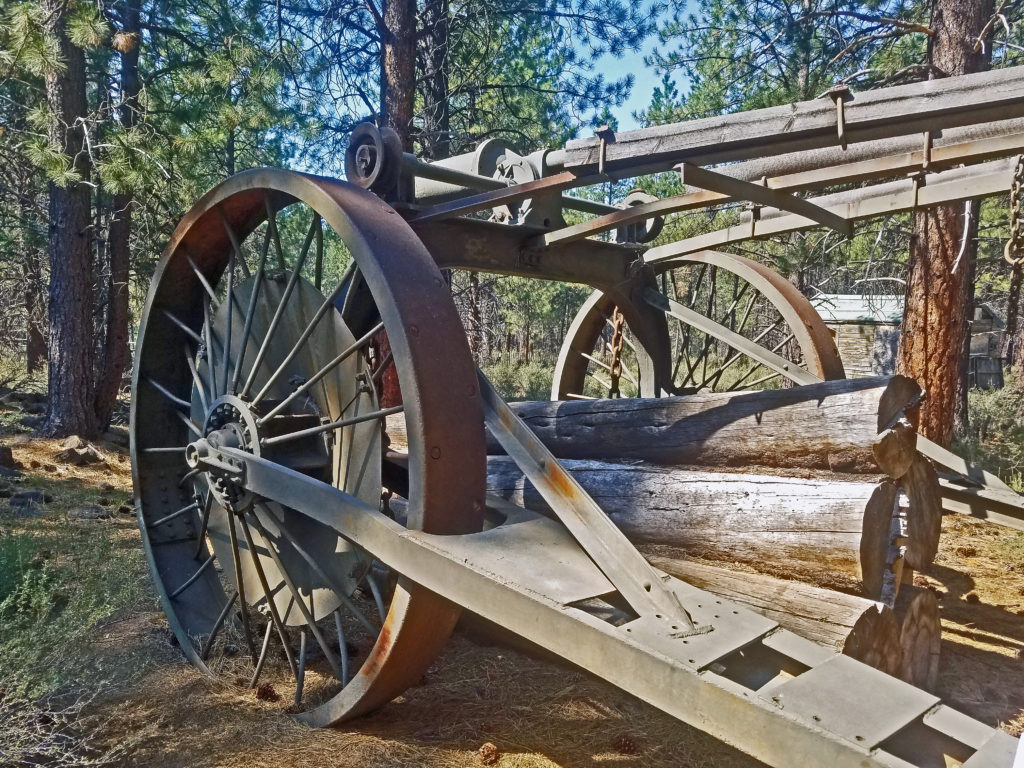
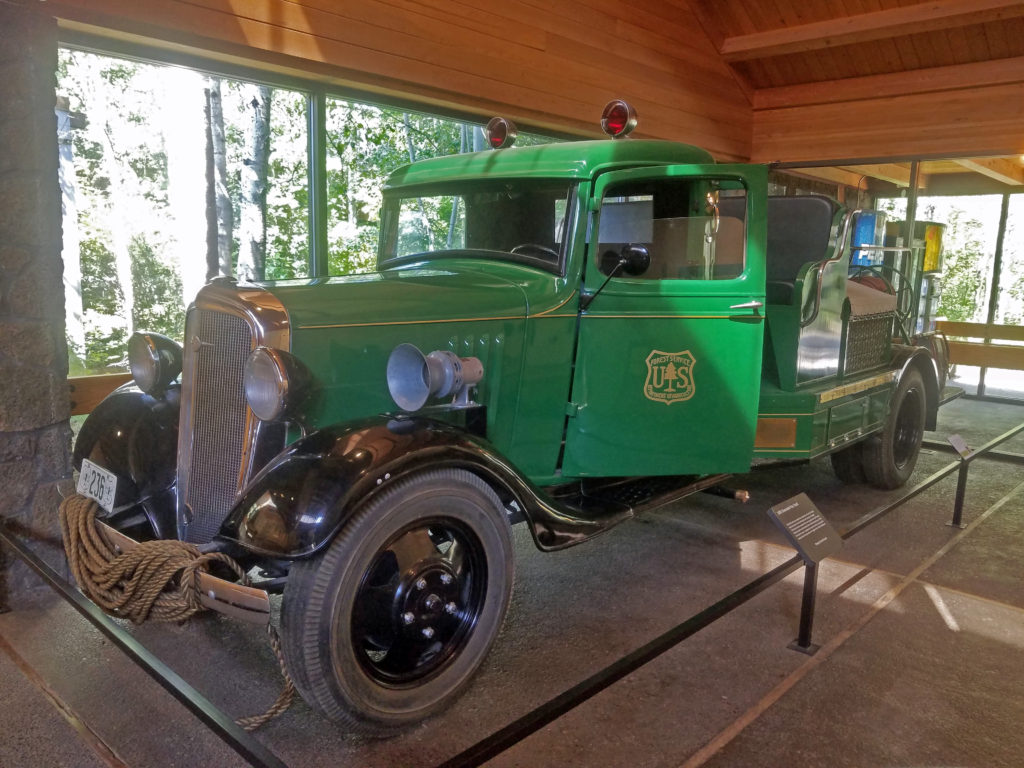 Inside the main building, the Desertarium Exhibit showcases some of the animals that make the High Desert home, including snakes, lizards, and desert tortoises. Other permanent indoor exhibits include Spirit of the West, which documents the history of the people of the region, and By Hand Through Memory, a look at the history and culture of the Plateau Indian Nations.
Inside the main building, the Desertarium Exhibit showcases some of the animals that make the High Desert home, including snakes, lizards, and desert tortoises. Other permanent indoor exhibits include Spirit of the West, which documents the history of the people of the region, and By Hand Through Memory, a look at the history and culture of the Plateau Indian Nations.

The museum also hosts changing exhibits. Current exhibits are Art in the West (ending October 16, 2021), Rethinking Fire (October 16, 2021 through January 9, 2022), and X-Ray Vision: Fish Inside Out (through May 8, 2022). And the museum offers a variety of virtual experiences, including Stories From the Desert, depicting an early 20th century Chinese mercantile, and Virtual Field Trip: Spring in the High Desert, a virtual trip to Fort Rock and the surrounding desert in southeastern Oregon.
 In addition to enjoying all the museum’s exhibits, you can get made-to-order sandwiches and wraps, and a variety of beverages at the newly remodeled Rimrock Cafe inside the main building. The cafe features locally made food and drink from Big Ed’s Artisan Bread, Humm Kombucha, and Strictly Organic Coffee. And souvenirs of your visit and books and other educational materials are available at Silver Sage Trading, the museum store.
In addition to enjoying all the museum’s exhibits, you can get made-to-order sandwiches and wraps, and a variety of beverages at the newly remodeled Rimrock Cafe inside the main building. The cafe features locally made food and drink from Big Ed’s Artisan Bread, Humm Kombucha, and Strictly Organic Coffee. And souvenirs of your visit and books and other educational materials are available at Silver Sage Trading, the museum store.
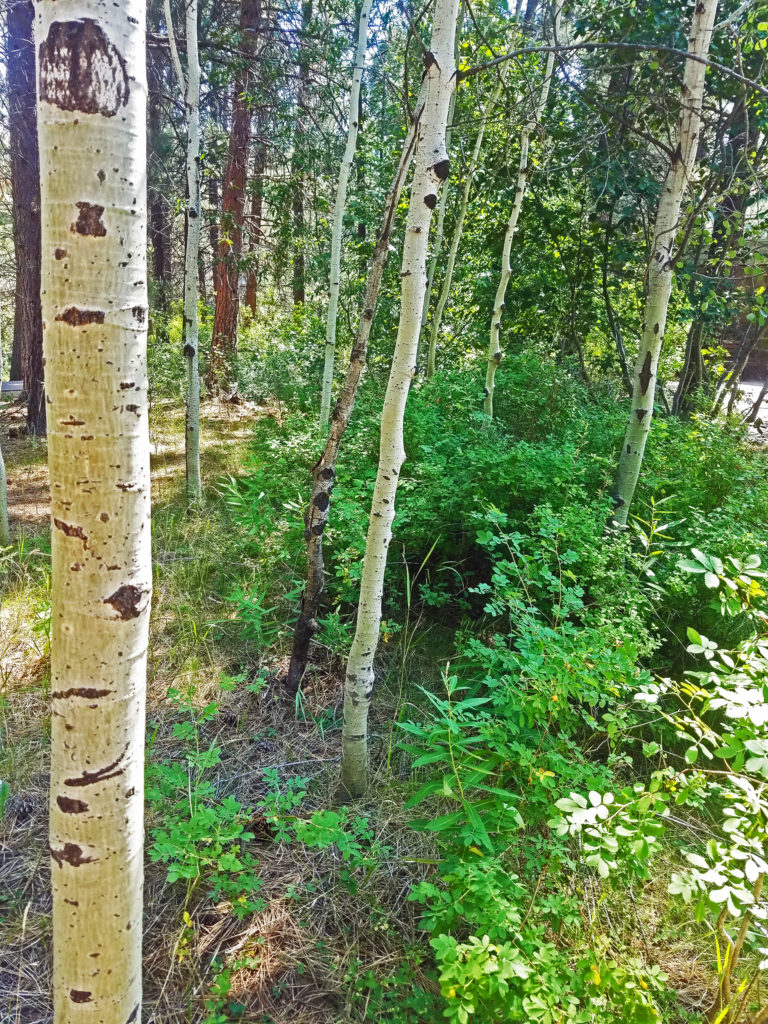 Plan on spending at least several hours at the museum, especially if you have kids in tow. There’s too much worth seeing to experience it all in less time. Check the museum website for hours and admission fees. Tickets are available for purchase on the website, but advance purchase is not required. Face masks are currently required both indoors and outdoors due to the Covid-19 pandemic, and some hands-on experiences may not be available.
Plan on spending at least several hours at the museum, especially if you have kids in tow. There’s too much worth seeing to experience it all in less time. Check the museum website for hours and admission fees. Tickets are available for purchase on the website, but advance purchase is not required. Face masks are currently required both indoors and outdoors due to the Covid-19 pandemic, and some hands-on experiences may not be available.
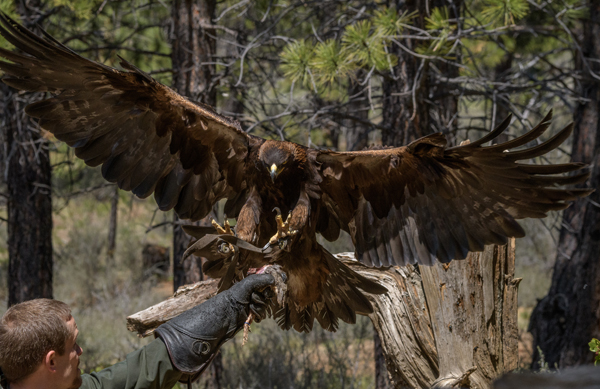
Originally posted Sept. 9, 2019. Updated and re-posted October 6, 2021
All photos © Alan K. Lee, except as noted

